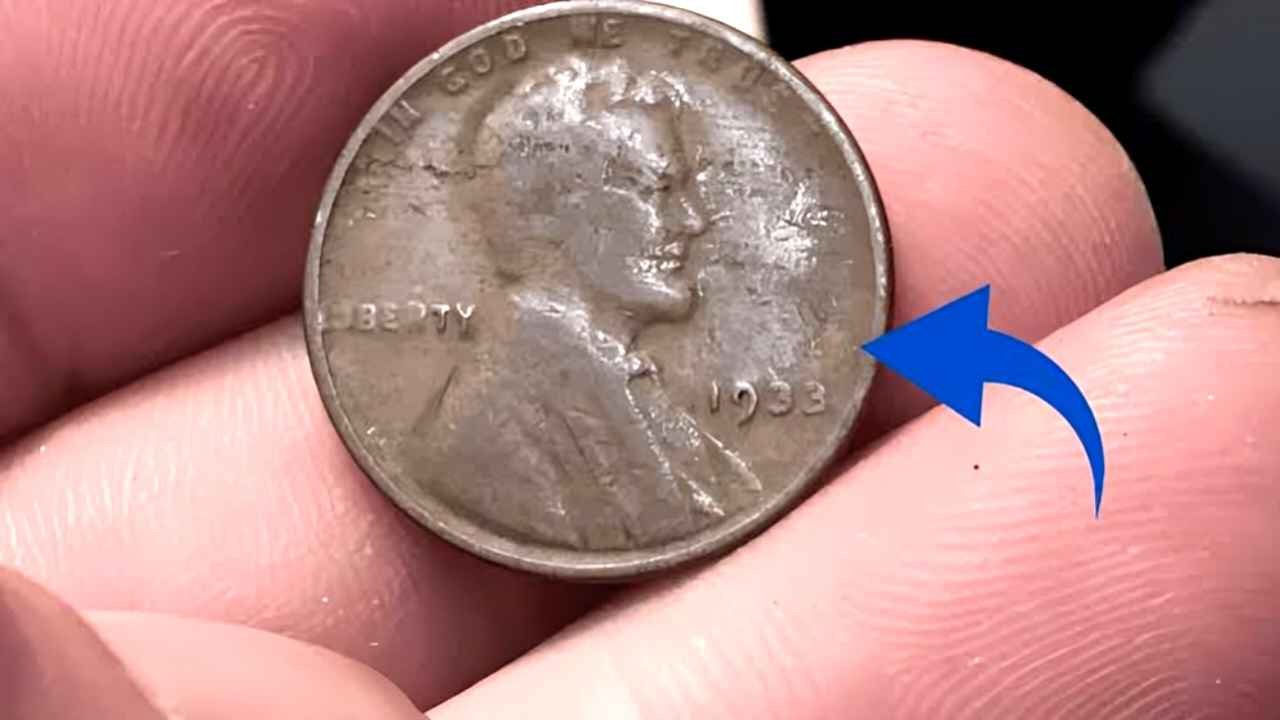Rare Lincoln Wheat Penny Worth $1.9 Million May Still Be in Your Pocket
Coins are part of our everyday lives. Most people don’t pay attention to them beyond their face value. But sometimes, that small piece of copper in your pocket could be worth a fortune. Yes, you read that right! A rare Lincoln Wheat Penny is now valued at a whopping $1.9 million, and surprisingly, it could still be hiding in someone’s coin jar, drawer, or even your wallet.
This isn’t just another coin-collector rumor—it’s real, and collectors across the United States are now on the lookout. In this article, we break down why this penny is so valuable, what to look for, and how you can check if you’re holding a piece of history.
Lincoln Wheat Penny – Overview
| Feature | Details |
|---|---|
| Coin Name | Lincoln Wheat Penny |
| Estimated Value | $1.9 million |
| Year of Minting | Primarily 1943 and 1909 editions |
| Minting Error Type | Copper instead of steel (1943), Rare mint marks |
| Rarity Level | Extremely Rare |
| Still in Circulation? | Yes, very limited chances but possible |
| Popular Collectors’ Picks | 1943 Copper Penny, 1909-S VDB |
| Most Valuable Found In | Change jars, thrift shop tills, old wallets |
Why Is the Lincoln Wheat Penny So Valuable?
The Lincoln Wheat Penny was minted between 1909 and 1958, featuring wheat stalks on the reverse side. Though millions were made, some rare versions are now incredibly valuable.
One of the rarest is the 1943 Copper Lincoln Wheat Penny. During World War II, the U.S. Mint switched to steel-coated zinc pennies to save copper for the war. However, a small number of copper planchets (coin blanks) were mistakenly used. These copper pennies are extremely rare and now worth a fortune.
Another valuable version is the 1909-S VDB penny. This coin was among the first Lincoln cents and was minted in San Francisco, with the designer’s initials (V.D.B. for Victor David Brenner) placed on the reverse. Because of public complaints, the initials were quickly removed, making this edition a collector’s dream.
How to Identify the $1.9 Million Lincoln Wheat Penny
If you have old coins lying around, here’s what to look for:
1. Year – 1943
Look for a 1943 date. Most 1943 pennies are steel and can stick to a magnet. But if you find one that doesn’t stick, you might have a rare copper penny.
2. Color – Reddish Brown
The 1943 copper penny has a reddish-brown tone, unlike the shiny silver of steel pennies.
3. Weight – Around 3.11 grams
Steel pennies weigh less (2.7g), while the rare copper ones are heavier.
4. Mint Mark
Look for mint marks like “S” (San Francisco) or “D” (Denver) under the date. The 1909-S VDB with initials on the bottom back edge is especially valuable.
If your coin matches these features, it’s time to get it checked by a professional coin appraiser or grading service like PCGS or NGC.
Where Could You Find One Today?
You may be thinking, “Surely all these have been found by now.” But surprisingly, some rare pennies are still in circulation or lying unnoticed in people’s homes.
Here are places you might find one:
-
In old piggy banks or change jars at home.
-
Grandparents’ coin collections or purses.
-
Thrift stores or antique shops, especially in cash drawers.
-
Garage sales where old coins may be sold for face value.
So next time you’re sorting change, give those pennies a second look. It might be the most profitable minute of your life.
What Should You Do If You Think You Have One?
If you believe you’ve found a rare Lincoln Wheat Penny, here are the steps to take:
-
Don’t clean the coin – cleaning can reduce its value.
-
Compare features with pictures of the rare pennies online.
-
Get a digital scale to weigh the coin precisely.
-
Check with a magnet – if it sticks, it’s steel; if not, it might be copper.
-
Take it to a certified coin appraiser for proper valuation.
FAQs – Rare Lincoln Wheat Penny Worth $1.9 Million
Q1. How many 1943 Copper Wheat Pennies exist?
Only about 10 to 15 genuine pieces are known to exist, making them incredibly rare and highly valuable.
Q2. Is it still possible to find one in circulation?
Yes, though very unlikely. But it has happened in the past, especially from coins kept in old collections, drawers, or bank rolls.
Q3. What is the difference between a steel and a copper 1943 penny?
Steel pennies are silver in color, weigh about 2.7 grams, and stick to a magnet. Copper ones are reddish, weigh 3.11 grams, and don’t stick.
Q4. What does the 1909-S VDB penny look like?
It has the year 1909, an “S” mint mark, and the “VDB” initials at the bottom of the reverse side. It’s one of the most sought-after Lincoln cents.
Q5. Where can I sell a rare penny?
You can sell it through reputable coin dealers, auction houses like Heritage Auctions, or online platforms like eBay—though you’ll want to get it professionally graded first.
Final Verdict: A Tiny Coin With a Huge Value
Most of us overlook pennies as just small change. But the Lincoln Wheat Penny proves that history, rarity, and tiny minting mistakes can turn a simple coin into a million-dollar treasure.
Whether it’s lying unnoticed in an old drawer or passed around in pocket change, these rare coins do still exist. All it takes is one lucky find to completely change someone’s life.
So, the next time you get change at a store or decide to clean out an old wallet, don’t forget to check the pennies. Who knows? That little Lincoln cent could be your $1.9 million ticket.


